Buy the photo A nice summer evening with beautiful sunset on the Engelsmanplaat in the Wadden Sea by Marga Vroom on canvas, ArtFrame, poster and wallpaper, printed on demand in high quality.
About "A nice summer evening with beautiful sunset on the Engelsmanplaat in the Wadden Sea"
by Marga Vroom
About the artwork
The Engelmanplaat is a vast, uninhabited sandbar in the eastern part of the Dutch Wadden Sea, located between the Wadden Islands of Ameland (to the west) and Schiermonnikoog (to the east) in the province of Friesland. The plate is part of the unique and dynamic tidal area known as the Wadden area, which has been a UNESCO World Heritage Site since 2009. Engelmanplaat lies in the transition area between two important channels: the Zoutkamperlaag and the Westgat. At low tide, the plate largely comes dry and is then visible as a vast expanse of sand. At high tide, it is (partially) inundated by the sea. The Engelman Plate is constantly changing under the influence of wind, tides and currents. As a result, its shape, size and location change gradually over the years. These dynamics are typical of the Wadden area as a whole. The name "Engelmanplaat" is derived from Mr Engelman, a superintendent of Rijkswaterstaat who was involved in taking hydrographic measurements in this part of the Wadden Sea in the second half of the 19th century. On the Engelsman plate, there is a bird watcher's house and observation post called De Kalkman. The structure serves as accommodation for bird watchers who monitor bird resting areas during the breeding season and sometimes receive visitors. Engelmanplaat plays an important role as a resting and foraging area for numerous animal species. Shorebirds in particular use the plate as a stopover during their migrations, looking for food in the mud flats. In addition, Engelmanplaat is an important resting place for seals. The plate lies within the Natura 2000 area of the Wadden Sea. I took the photo one evening with a photo tour.

About Marga Vroom
"From my hometown Hoogezand, I regularly go out to take photos in the provinces of Groningen and Drenthe. Photography has always been my interest. In 2008, I bought my first SLR camera and after that I started to delve more and more into photography and photo editing and.. Read more…
 Netherlands
Netherlands Ordered in April 2021
Ordered in April 2021
 Netherlands
Netherlands Ordered in October 2021
Ordered in October 2021
 Netherlands
Netherlands Ordered in April 2021
Ordered in April 2021
 Germany
Germany Ordered in January 2022
Ordered in January 2022
 Netherlands
Netherlands Ordered in February 2020
Ordered in February 2020
 Germany
Germany Ordered in August 2022
Ordered in August 2022
 Netherlands
Netherlands Ordered in June 2024
Ordered in June 2024
 Germany
Germany Ordered in December 2023
Ordered in December 2023
 Germany
Germany Ordered in November 2019
Ordered in November 2019
 Germany
Germany Ordered in June 2023
Ordered in June 2023
 Netherlands
Netherlands Ordered in February 2021
Ordered in February 2021
 Germany
Germany Ordered in September 2022
Ordered in September 2022
About the material
ArtFrame™
Interchangeable Art Prints
- High-quality print
- Easily interchangeable
- Acoustic function
- Large sizes available
Discover the artworks of Marga Vroom
 Knotwilgen in de sneeuwMarga Vroom
Knotwilgen in de sneeuwMarga Vroom NoordermolenMarga Vroom
NoordermolenMarga Vroom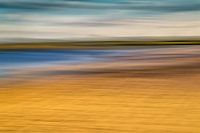 On the beachMarga Vroom
On the beachMarga Vroom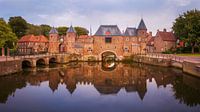 The Koppelpoort Amersfoort in panoramaMarga Vroom
The Koppelpoort Amersfoort in panoramaMarga Vroom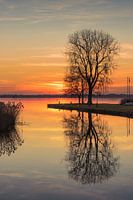 Tree at the lakeMarga Vroom
Tree at the lakeMarga Vroom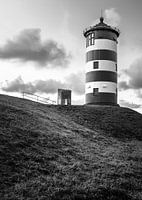 Lighthouse of Pilsum in Black and WhiteMarga Vroom
Lighthouse of Pilsum in Black and WhiteMarga Vroom Hamburg Speicherstadt in Black and WhiteMarga Vroom
Hamburg Speicherstadt in Black and WhiteMarga Vroom Tusschenwater Drenthe nature reserveMarga Vroom
Tusschenwater Drenthe nature reserveMarga Vroom A beautiful sunrise at Tusschenwater Drenthe nature reserveMarga Vroom
A beautiful sunrise at Tusschenwater Drenthe nature reserveMarga Vroom The hilly landscape of Tuscany Val d'Orcia ItalyMarga Vroom
The hilly landscape of Tuscany Val d'Orcia ItalyMarga Vroom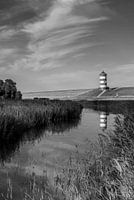 Pilsum Germany's lighthouse in black and whiteMarga Vroom
Pilsum Germany's lighthouse in black and whiteMarga Vroom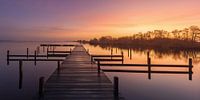 A morning at Lake Leekstermeer DrentheMarga Vroom
A morning at Lake Leekstermeer DrentheMarga Vroom Four trees in the Noordpolder in the province of GroningenMarga Vroom
Four trees in the Noordpolder in the province of GroningenMarga Vroom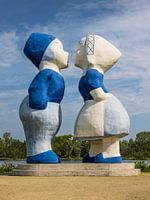 The Kissing Couple XXXL in Amsterdam NetherlandsMarga Vroom
The Kissing Couple XXXL in Amsterdam NetherlandsMarga Vroom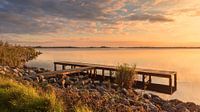 Jetty on the Schildmeer in the province of GroningenMarga Vroom
Jetty on the Schildmeer in the province of GroningenMarga Vroom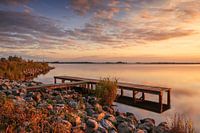 An evening at the Schild LakeMarga Vroom
An evening at the Schild LakeMarga Vroom Windmill De Adriaan in Haarlem in evening lightMarga Vroom
Windmill De Adriaan in Haarlem in evening lightMarga Vroom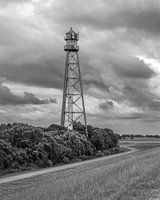 Campen Germany lighthouse in black and whiteMarga Vroom
Campen Germany lighthouse in black and whiteMarga Vroom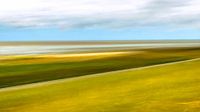 ICM engineering on the dyke near Campen GermanyMarga Vroom
ICM engineering on the dyke near Campen GermanyMarga Vroom A morning at Lago Fereda in the Dolomites in ItalyMarga Vroom
A morning at Lago Fereda in the Dolomites in ItalyMarga Vroom
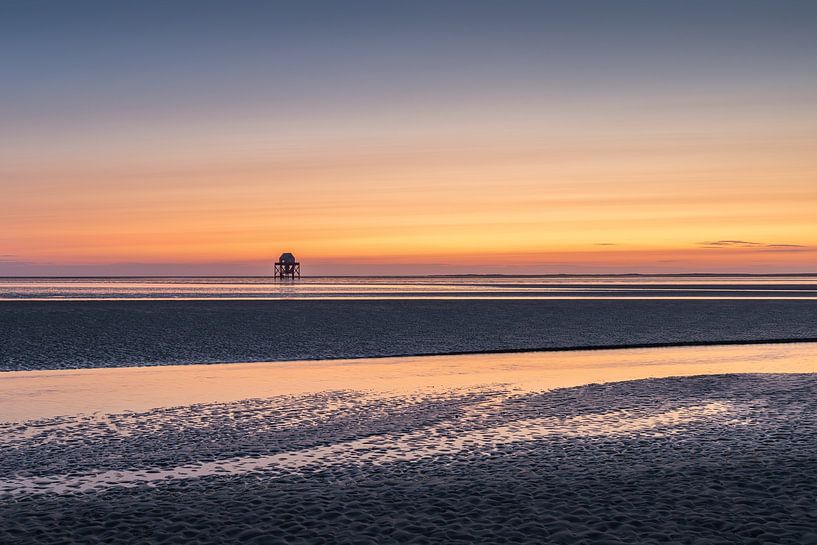












 Ameland
Ameland Architecture
Architecture Beach
Beach Friesland
Friesland Nature reserves
Nature reserves Oceans and seas
Oceans and seas Photo wallpaper
Photo wallpaper Photography
Photography Schiermonnikoog
Schiermonnikoog Serene Peace
Serene Peace UNESCO World Heritage Locations
UNESCO World Heritage Locations Wadden Islands and Wadden Sea
Wadden Islands and Wadden Sea Water
Water









